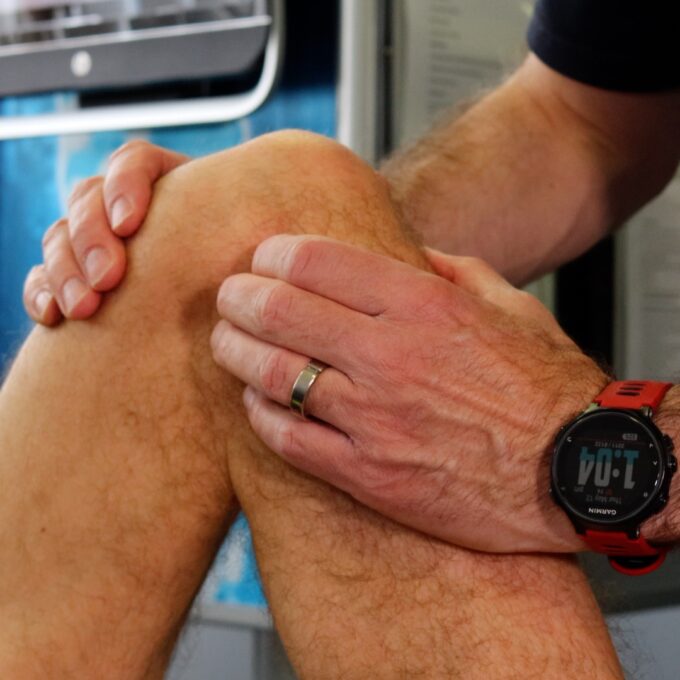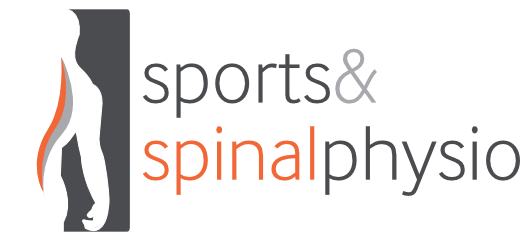Knee Pain & Injury Treatment
Meniscal tears, ACL and MCL ligament tears, Patellofemoral joint syndrome, Patella tendonosis, osteoarthritis
The knee is the most commonly injured body part within the sporting arena. Anatomically defined as a hinge joint the knee does not permit any rotation or twisting and as such is often injured as a result. Twisting injuries can lead to tearing of the meniscus (fibro-cartilage) and sprains and rupture of the ligaments. The most commonly injured ligaments are the anterior cruciate and medial collateral ligaments. Complete tears (rupture) of the anterior cruciate ligament will often require reconstructive surgery to prevent knee instability.

Knee Ligament Tear Injuries
Ligament tears like muscle tears are graded by severity. A grade 1 tear occurs when a few strands of ligament fibres are torn these normally heal within 3-4 weeks. A grade 2 tear is a partial and substantial tear of the ligament and can take between 6-12 weeks to resolve. Grade 3 tear is defined as a complete tear or rupture of the ligament; this can require surgery and lengthy periods of immobilisation.
Patella (Knee Cap) Injuries
The patella (knee cap) is located at the end of the thigh bone and together with the thigh bone constitutes the patellofemoral joint. If the patella does not sit or move correctly on the thigh bone it can be a source of pain. This common condition is referred to as patellofemoral joint dysfunction. An imbalance between the inside and outside thigh muscles can cause this. Attaching the patella to the shin bone (tibia) is the patella tendon. Excessive jumping or running can injure the tendon at its attachment to the patella.
Patella Tendonosis & Osteoarthritis
The initial inflammatory stage is referred to as patella tendonitis; this is followed by tendon breakdown and degeneration (wear and tear) and subsequently referred to as patella tendonosis. Management of this condition is difficult and needs close monitoring. Osteoarthritis can affect the tibio-femoral joint (hinge joint) and the patellofemoral joint (knee cap). It is caused by break down and thinning of the articular hyaline cartilage which covers the bone ends. This cartilage is different to that of the meniscus described above. Treatment of knee pain includes manual therapy (hands on techniques), specific exercises, acupuncture, ultrasound, footwear modification, addition of insoles (orthoses) and life style changes.
Next Steps: Use one of our 4 options below to get started...
What Our Patients Say
Finally
If you are still considering what to do or just browsing why not download one of our free guides below.
